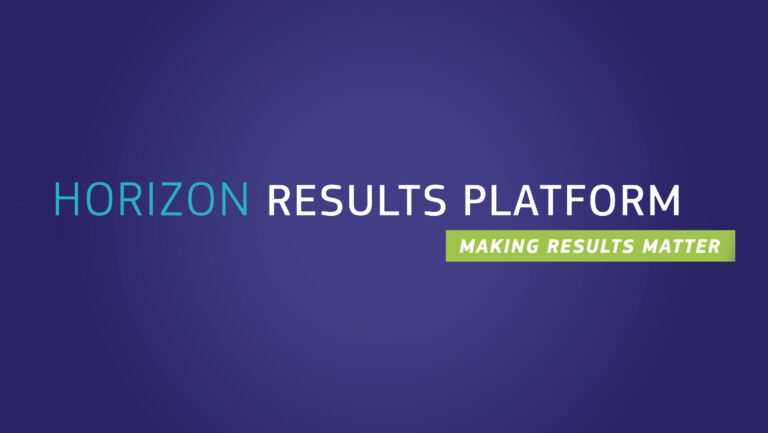Result description
Our work consisted in the sum and partial combination of 6 studies:
- A life-cycle analysis made possible thanks to the data provided by academic and industrial partners.
- A regulatory watch (including RoHS Directive, WEEE Directive and REACH Regulation).
- A “risk analysis” providing hazard and exposure considerations, particularly with respect to lead.
- Three normalised lixiviation tests to estimate potential leakage.
- One firing test to assess the potential emission of noxious gases.
- A cost benefit-analysis combining LCA results and economic valuation of impacts.
This study provides elements to understand the “lead issue”, which could a priori be considered as a major obstacle to the future development of the technology.
In a context where strategic priorities for the development of future energy sources are to identified, it is important to propose a global evaluation integrating the impacts (or externalities) that are generally not taken into account in the economic calculation : impacts on health and environment.
Summary:
- Vigilance must be expected from industrialists to curb lead emissions to the environment.
- High environmental and health benefits seem to be expected from a partial substitution of standard PV technologies by CHEOPS technologies.
- The SEA considering the whole life cycle and 12 categories of impacts (human toxicity, climate change, land use…), this benefit amounts to around 29 k€/GWh of energy produced. (Having in mind that Europe produced 114 TWh of photovoltaic energy in 2016)
Addressing target audiences and expressing needs
- Collaboration
- EU and Member State Policy-makers
- Research and Technology Organisations
- Academia/ Universities
Result submitted to Horizon Results Platform by DE WILD-SCHOLTEN MARISKA

